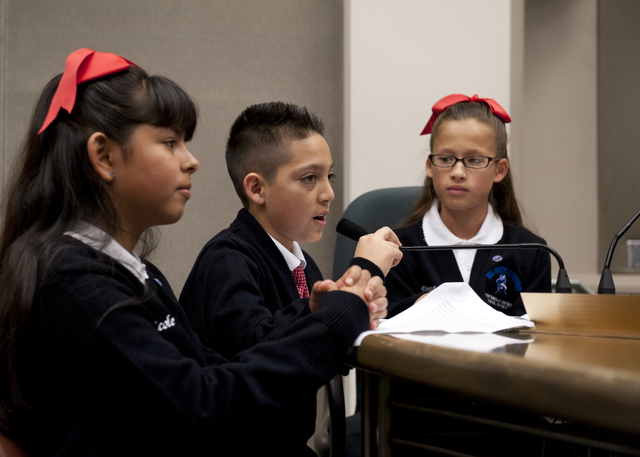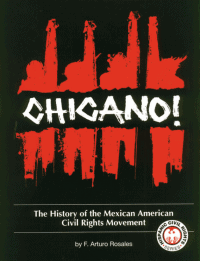The Fifth-Graders Who Put Mexican Repatriation Back Into History Books

*These kids are fantastic! Future leaders in training. VL
 By Lani Cupchoy, Yes!
By Lani Cupchoy, Yes!
Leslie Hiatt’s fifth-graders are no strangers to politics.
Seeking to empower children as agents of change, Hiatt’s U.S. history class encompasses more than the Pilgrims and the Constitution. Through project-based learning, students also study the Trail of Tears, the Chinese Exclusion Act, child labor laws, and Japanese internment camps.
And, just in time for the next school year, the 2016 presidential election.
“Considering the national political climate, my kids are very afraid of what will happen if Donald Trump becomes president, because they are scared to death for the future and security of their families,” said Hiatt, who teaches at Bell Gardens Elementary near southeast Los Angeles.
Until now, the newest addition to her history lessons was in 2014, when Hiatt looked through the history textbooks and saw something missing: Mexican Repatriation, the unconstitutional deportations of more than 1 million U.S. citizens and lawful residents of Mexican descent during the 1930s.
Read more NewsTaco stories on Facebook. >>
So Hiatt, along with her student teacher, Ana Ramos, designed a Mexican Repatriation unit to teach the class. The issue hit home for their students, which led to letter-writing campaigns, an audience with a state legislator . . . READ MORE
[Photo courtesy of Assemblywoman Cristina Garcia]
Suggested reading


